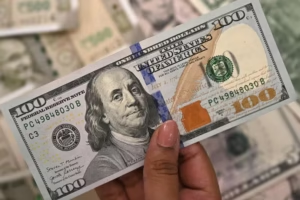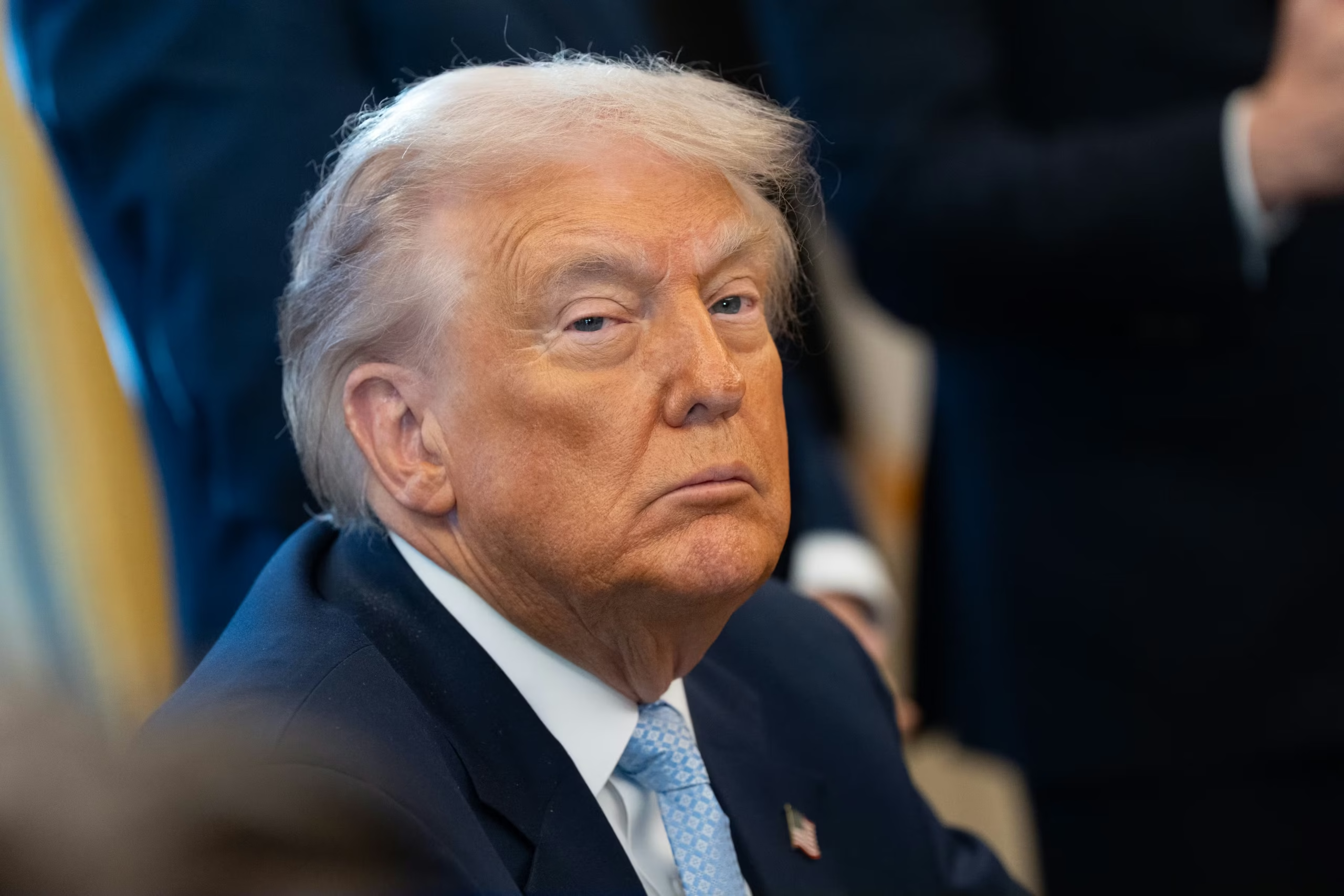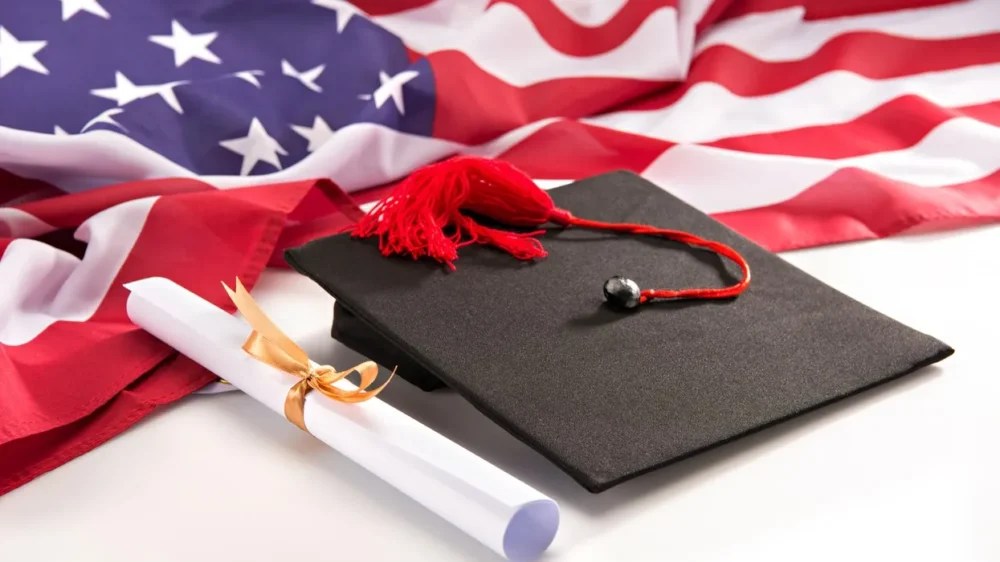The United States is preparing for one of the most significant student visa policy revisions in recent years. The Trump administration has introduced a proposal that could reshape how millions of international students manage their stay under F-1, J-1, and M-1 visa categories. These visa types have traditionally offered flexibility, allowing students to remain in the country as long as they maintained academic status. However, the new proposal aims to introduce fixed validity periods, tighter oversight, and more restrictive regulations.
For students already in the U.S. or planning to apply soon, understanding these potential changes is crucial. The revisions may influence the duration of legal stay, the ease of transferring between schools, and access to training programs such as OPT and STEM OPT. The proposal also seeks to eliminate loopholes like Day 1 CPT, which some students used to extend their stay through continuous enrollments. With the U.S. being a major global education hub, these adjustments are expected to have ripple effects worldwide, especially for students from India, China, and South Korea.
Four-Year Maximum Duration for Student Visas
A key feature of the proposal is the introduction of a fixed four-year cap on all student visas. This marks a major departure from the current system, which ties stay duration to academic enrollment rather than a specific expiration date. Whether a student is pursuing a bachelor’s degree, master’s program, or PhD, this four-year limit would apply uniformly.
Extensions would still be possible, but they would require a review by the Department of Homeland Security—similar to other immigration benefit applications reviewed by USCIS. This means students may experience processing delays or denials based on academic progress, program type, or past immigration compliance.
This change could create complications for students in long-duration programs—such as research-focused degrees, engineering disciplines, or multi-year PhD tracks. The need for extensions may add pressure, particularly if premium processing is unavailable. Students may need to plan their academic timelines more cautiously to avoid status issues near graduation or during OPT.
Shortened Grace Period After Program Completion
Another notable shift is the reduction of the post-completion grace period from 60 days to 30 days. Historically, students used the 60-day window to make decisions about OPT applications, visa category changes, new program enrollment, or returning home.
Cutting this period in half means students will need to act more quickly after finishing their programs. Those waiting on job offers, OPT approvals, or H-1B results may face additional stress with less time to plan. This tighter timeframe also limits flexibility with travel and preparation for transitions between degrees. Schools and international student offices may need to update their advising practices to ensure students stay compliant under the shorter grace period.
New Restrictions on Graduate-Level School Transfers
The proposal also places limits on frequent or non-academic transfers between institutions, particularly at the graduate level. In recent years, many students changed universities to access lower tuition fees, more favorable job markets, or programs offering flexible CPT options. DHS intends to allow such transfers only when they are clearly supported by academic necessity or justified by legitimate circumstances.
Because of this, graduate students may face more scrutiny when attempting to switch universities. Strong documentation demonstrating academic intent may become essential. While undergraduate transfers may not be heavily impacted, students pursuing master’s degrees—especially those who commonly shift schools—may encounter new obstacles. This change could significantly reshape how students plan multi-step academic pathways in the U.S.
Elimination of Day 1 CPT and Stricter Extension Evaluations
Day 1 CPT programs, which allow students to begin working from the first day of a new degree program, are specifically targeted under the proposed rule. Some students used repeated enrollments in such programs to legally continue working in the U.S. without progressing academically. DHS is now seeking increased authority to deny extensions when a student’s study or employment pattern appears inconsistent with traditional academic norms.
This move is expected to close pathways that students previously used to bridge gaps between OPT, STEM OPT, and new degree enrollment. Employers who rely heavily on Day 1 CPT workers may also feel the impact. Students currently on Day 1 CPT should expect heightened scrutiny and may need to reconsider long-term plans, especially given H-1B uncertainties and stricter student visa enforcement.
O-1 Visa Gains Attention as Policies Tighten
With increasing limitations on F-1 visas and growing competition for H-1B visas, many students and professionals are now exploring the O-1 visa category, which is designed for individuals with extraordinary ability. The O-1 is not affected by the proposed student visa restrictions and allows qualified applicants to work and stay in the U.S. based on measurable achievements.
STEM students, researchers, artists, innovators, and high-achieving professionals may find the O-1 a promising alternative. Immigration advisors are encouraging students to strengthen their profiles early by participating in research, publishing papers, winning awards, gaining leadership experience, or contributing significantly to their fields.
As U.S. immigration policies evolve, building a strong academic and professional record from the outset may offer students a more stable long-term path compared to relying solely on F-1 extensions or the H-1B lottery.










